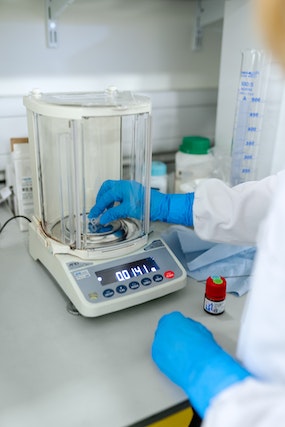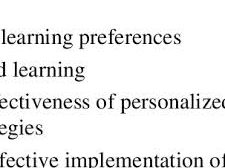Are you tired of fad diets and endless hours at the gym with little to show for your efforts? If so, you’re not alone. Many people struggle with weight management, and the journey can often feel frustrating and demotivating. But what if there was a way to unlock the secrets of your own body and tailor your weight management plan to your unique needs? That’s where metabolic test comes in.
Metabolic testing is a powerful tool that can help individuals understand their metabolism and, in turn, develop a sustainable and personalized approach to weight management. In this blog, we will delve into the significance of metabolic testing, how it works, and why it’s the key to achieving lasting results.
Understanding the Metabolism
Before we dive into the benefits of metabolic testing, let’s start by understanding what metabolism is and why it’s essential for weight management. Metabolism encompasses all the chemical processes in your body that help maintain life. It involves converting food and nutrients into energy and building blocks for growth and repair. Your metabolic rate, often referred to as your basal metabolic rate (BMR), is the number of calories your body burns at rest to maintain these vital functions.
Your metabolism is influenced by a variety of factors, including genetics, age, gender, body composition, and even the environment. Understanding your metabolism is crucial because it determines how many calories you need to maintain your current weight, gain weight, or lose weight.
The Problem with One-Size-Fits-All Approaches
One of the biggest issues with traditional weight management methods is that they often take a one-size-fits-all approach. Diets and exercise plans are typically designed for the average person, assuming that everyone’s metabolism is the same. But the reality is quite different. Metabolism can vary significantly from one individual to another. This is why some people can seemingly eat whatever they want and never gain weight, while others struggle to shed a few pounds despite their best efforts.
This is where metabolic testing comes to the rescue. It provides a personalized view of your metabolism, helping you understand your unique energy needs and how your body burns calories.
How Metabolic Testing Works
Metabolic testing involves measuring your oxygen consumption (VO2) and carbon dioxide production (VCO2) while at rest. This information is used to calculate your basal metabolic rate (BMR), which represents the number of calories your body needs to perform its basic functions. Additionally, the test can determine your anaerobic threshold, which is the point at which your body shifts from burning fat to carbohydrates during exercise.
There are two common methods for metabolic testing:
- Indirect Calorimetry: This method involves breathing into a mask or mouthpiece connected to a metabolic analyzer. The analyzer measures the concentration of oxygen and carbon dioxide in your breath to calculate your BMR and other metabolic parameters.
- Direct Calorimetry: This technique involves placing you inside a sealed chamber to directly measure heat production and energy expenditure. While accurate, it’s less practical and more expensive than indirect calorimetry.
Once your BMR and anaerobic threshold are determined, you can create a customized weight management plan that’s tailored to your specific needs and goals.
The Benefits of Metabolic Testing
Metabolic testing offers several key advantages for sustainable weight management:
- Precision: It provides precise information about your metabolic rate and energy expenditure, allowing you to tailor your diet and exercise plan accordingly.
- Personalization: No more guesswork. With metabolic testing, your weight management plan is customized to your unique metabolic profile, making it more effective and sustainable.
- Optimized Workouts: Understanding your anaerobic threshold helps you optimize your exercise routines, ensuring that you burn fat efficiently during workouts.
- Realistic Goals: With a personalized plan, you can set realistic weight loss or weight gain goals, increasing your chances of success and long-term maintenance.
- Ongoing Adaptation: As your body changes, so can your plan. Metabolic testing allows for ongoing adjustments to your weight management strategy.
- Prevention of Plateaus: Identifying plateaus and adjusting your plan can help you avoid weight loss stagnation.
Final Thoughts
Metabolic testing is a powerful tool for achieving sustainable weight management. By understanding your unique metabolism and tailoring your diet and exercise plan accordingly, you can increase the effectiveness of your efforts and finally achieve the results you’ve been striving for.



